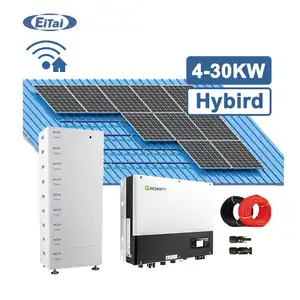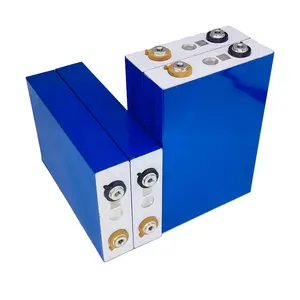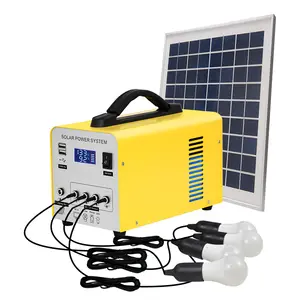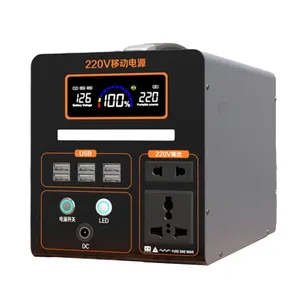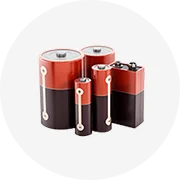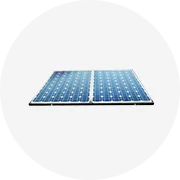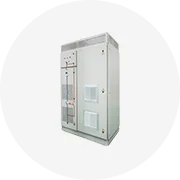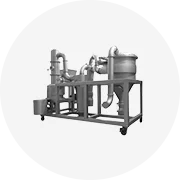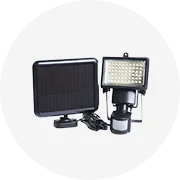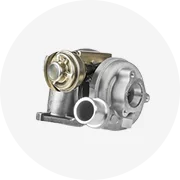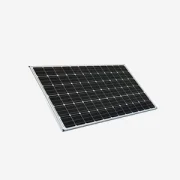Popular in your industry





















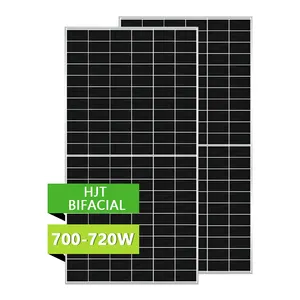







































Related Searches:


























































































































Top categories
About amorphous silicon photovoltaic cells
Understanding Amorphous Silicon Photovoltaic Cells
Amorphous silicon photovoltaic cells represent a versatile category of solar technology, distinguished by their non-crystalline silicon form. Unlike their crystalline counterparts, these cells are known for their flexible applications and are often utilized in a variety of settings, from small-scale consumer products to large-area solar panels.
Types and Applications
The amorphous silicon photovoltaic spectrum encompasses several types, including traditional solar panels, building-integrated photovoltaics (BIPV), and flexible solar panels. Each type serves a unique purpose, ranging from integration into commercial buildings to providing power for solar systems. Their adaptability makes them suitable for diverse environments and applications.
Features and Materials
Amorphous silicon photovoltaic cells are characterized by their thin-film technology, which is less material-intensive than other solar technologies. This not only makes them lighter but also allows for a degree of flexibility not found in monocrystalline or polycrystalline silicon cells. The primary material, amorphous silicon, is deposited in thin layers onto a substrate, resulting in a unique set of electrical and physical properties.
Advantages of Amorphous Silicon Photovoltaic Technology
The advantages of amorphous silicon photovoltaic technology are numerous. These cells perform better in low-light conditions compared to their crystalline counterparts and have a lower production cost due to the reduced amount of silicon used. Additionally, their flexibility opens up new avenues for photovoltaic integration, such as in consumer electronics and unconventional architectural designs.
Environmental Impact and Sustainability
The production of amorphous silicon photovoltaic cells is associated with a lower environmental footprint, given the thinner layers of silicon required. This aspect is crucial for businesses aiming to adopt greener technologies and reduce their carbon footprint. Furthermore, the potential for recycling and reusing materials from these cells contributes to a more sustainable lifecycle.
Choosing the Right Amorphous Silicon Photovoltaic Solution
Selecting the appropriate amorphous silicon photovoltaic solution requires consideration of the specific application, environmental conditions, and desired outcomes. While Alibaba.com does not endorse any particular product, the platform facilitates the connection between buyers and a wide array of suppliers offering various amorphous silicon photovoltaic options to meet diverse needs.

